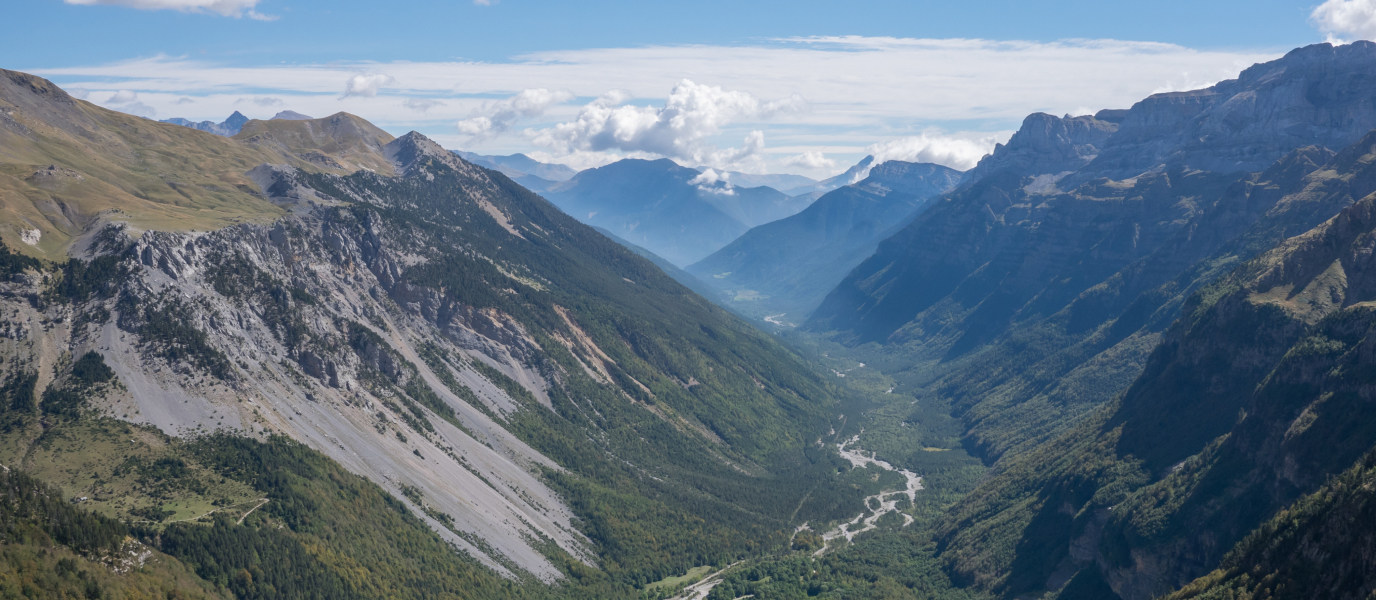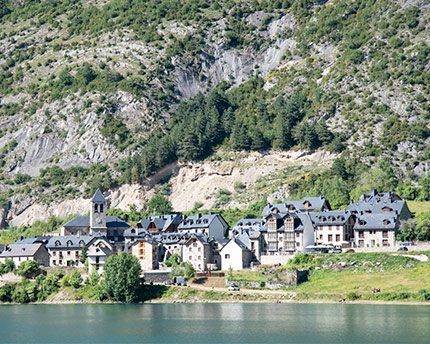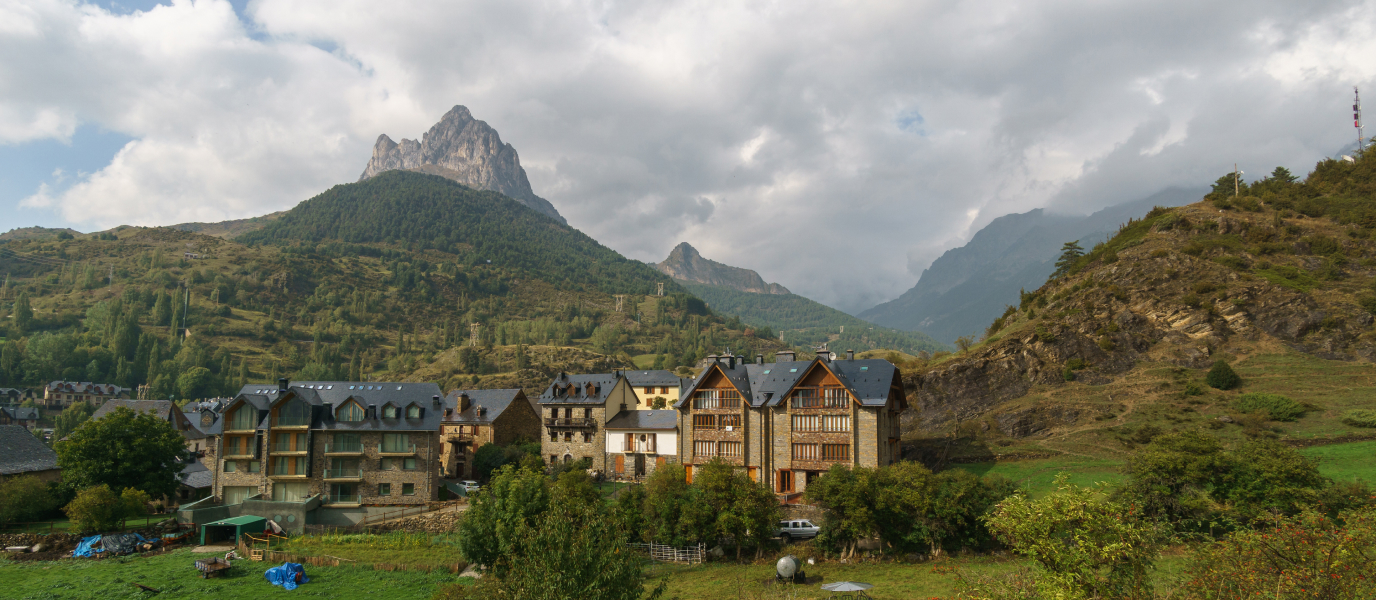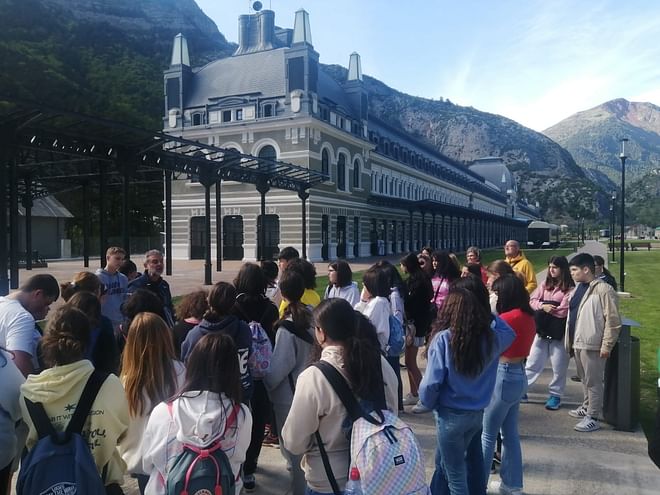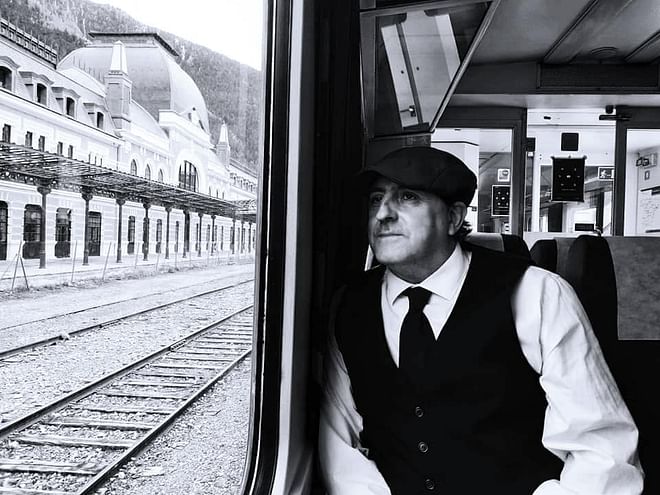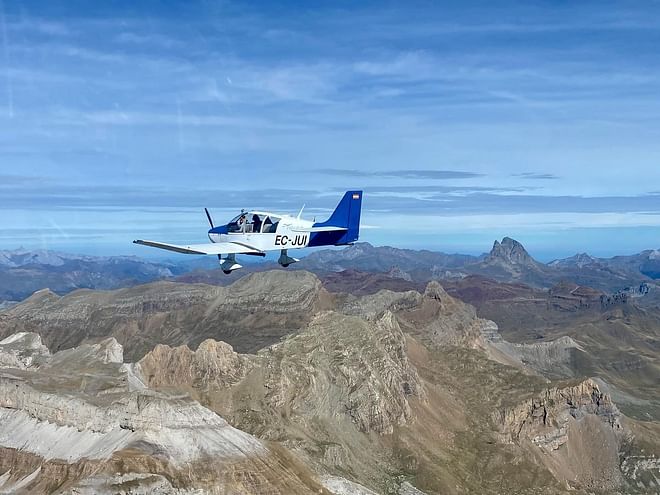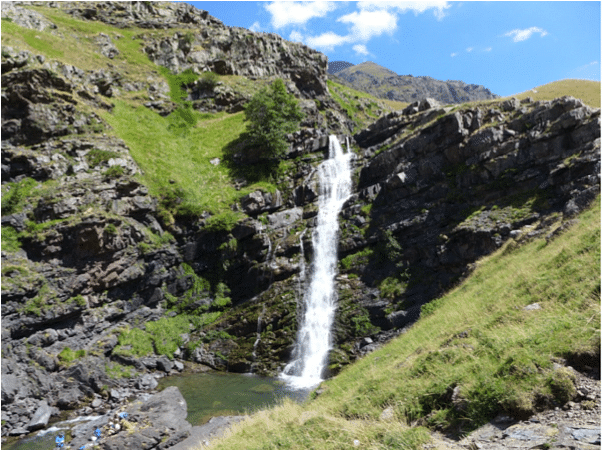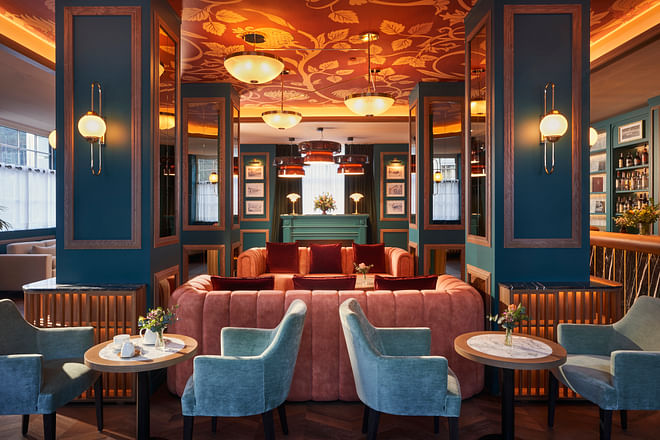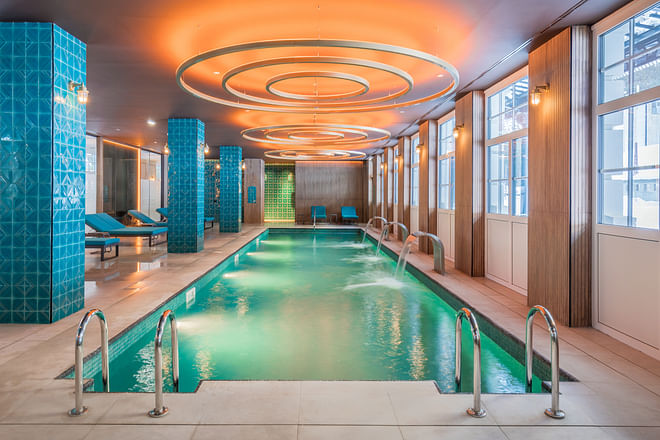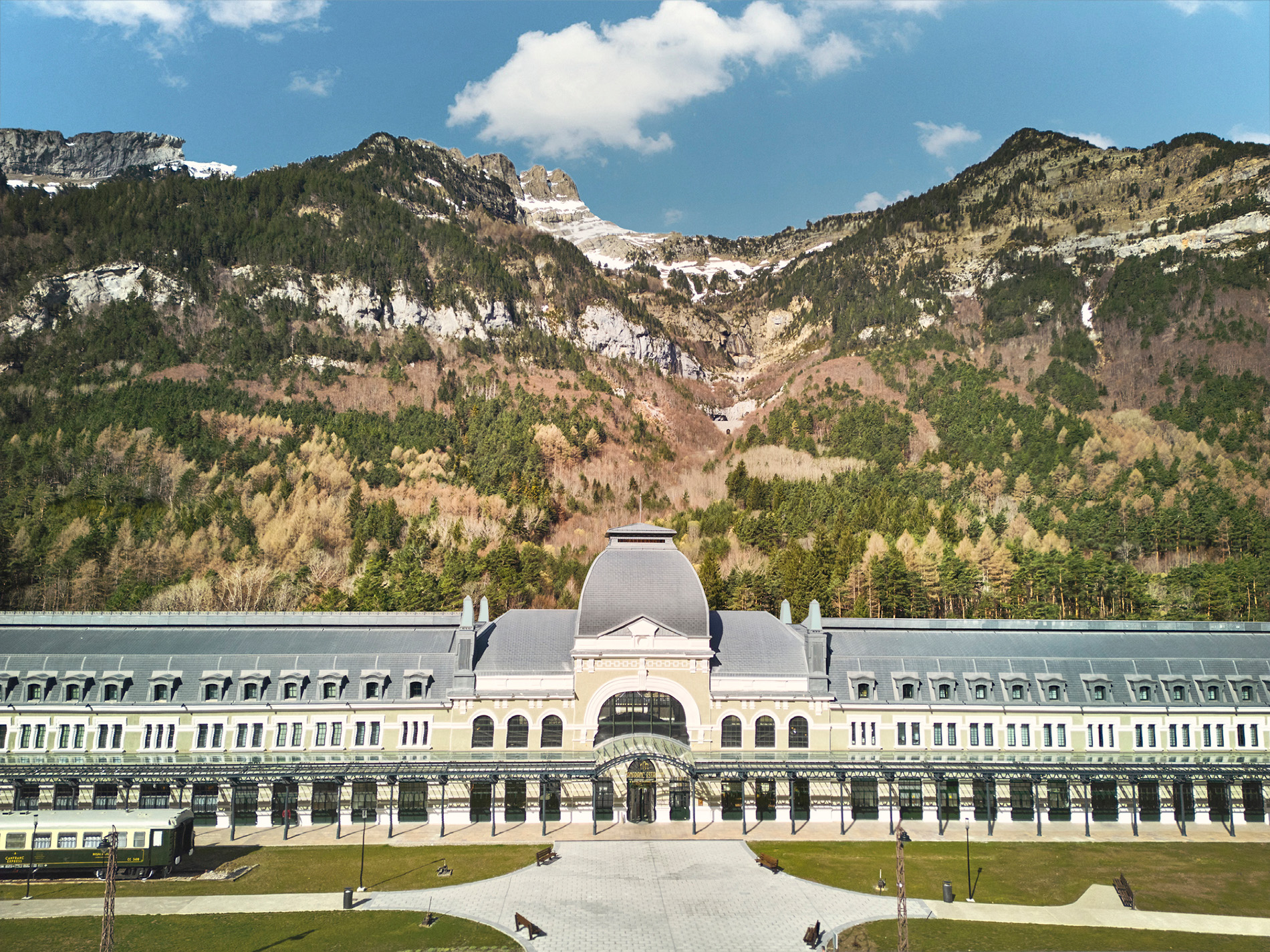You will fall in love at first sight with this small village located in the Ara valley because of its picturesque old quarter and the surrounding landscape. The quiet and simple Boltaña is the ideal place to relax, enjoy nature, visit the nearby villages and eat marvellously. Few areas in the province provide such a broad range to travellers. We will provide a summary of Boltaña’s history and its tourist attractions. Book a weekend here because you will want to visit Huesca.
Boltaña, a privileged historical village
When we wander around villages or cities, sometimes we are not aware that every historical building has a unique and singular story. In the case of Boltaña, whose initial name was Boletania, its past reminds us of the Roman Empire, which named it Municipium Boletanum. It also reminds us of the Muslim invasions, of which there is still proof: a castle at the top of San Martín hill. From there, they tried to halt the Reconquest of Spain. We even know the name of the governor, Amrus ibn Muhammad, who Abd al-Raḥmān III decided to place in that strategic post. They were not that successful because there are documents evidencing that in the 10th century it already formed part of the possessions of a Navarrese king, García Sánchez I. He was followed by Jimeno Garcés, and Sancho Galíndez, already under the reign of Ramiro I of Aragon. In subsequent centuries, its importance began to decrease while the importance began to increase of Aínsa, another village that you should visit in this area.
Now that you have the historical context, all you have to do is take a walk through this delightful village located in the Sobrarbe district of the Ara valley in Huesca province. The Ara is one of the wild rivers in the Iberian Peninsula and is spectacular throughout its course, which is suitable for active sports. All the area around Boltaña, which is surrounded by high peaks, has the necessary conditions for those who love nature and clean air to enjoy themselves.
Boltaña castle, always vigilant
Although Boltaña does not have many monuments, it does have some architectural achievements which you should see. You should start with Boltaña castle, which is on top of a hill and was one of the first constructions of the Kingdom of Aragon, Sobrarbe and Ribagorza. It was built in the 10th century by artists and artisans in the Lombard style, for defensive purposes. It is currently in ruins but you can guess that it had a military structure formed by a wall and a watchtower. Inside you can also identify a tank for water. The fortress began to be neglected back in the 16th century, when the Aínsa one was built. In addition to wandering around the ruins and admiring the views, you should know that it is shrouded in legends of witchcraft and witches’ covens.
Saint Peter’s collegiate church, a monument of interest
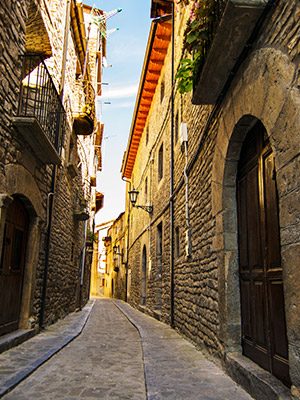
In the old quarter of Boltaña, there is another monument of interest, Saint Peter’s collegiate church, one of the largest temples in the Aragonese Pyrenees. It does not look that big from the outside but, once you cross the door, you will see an enormous nave with rib vaults. It dates back to the 16th century and its style is Aragonese Gothic with Renaissance details, although it was built on top of a Romanesque chapel from the 13th century.
Before entering, you should observe its Romanesque façades and bell tower. Once inside, take a look at the choir stalls, with beautiful Baroque-style walnut seating, from the 18th century; the baptismal font from a church in Burgasé; and the altarpiece from the Saint Lawrence of Morillo church in Sampietro.
The old quarter of Boltaña
If you have already taken a walk through the old quarters of other villages in the district, the Boltaña one will even seem big. Its radial layout goes back to the 15th, 16th and 17th centuries and provides a road network that twists and turns and opens up to small squares and alleyways. While strolling through the area, you will see curious structures such as its courtyard houses and blockhouses which are adapted to the uneven terrain. Look at the coats of arms and arches of the houses, especially the houses of Don Jorge and Carruesco, since both are from the 16th century. The round chimneys are also worthy of attention since they act as ‘scarewitches’ to protect the homes.
Before leaving, you should also go to the water wheel in front of the Gorga natural pool in Boltaña, which is a very photogenic setting.
Villages near Boltaña
The Sobrarbe district, with 19 municipalities, has many enchanting places but, since you have to choose in a getaway, our recommendations are Aínsa, Broto and Torla. The three villages are perfect for outings from Boltaña.
Aínsa
The village of Aínsa, whose old quarter was declared a Historical and Artistic Site, has managed to keep its medieval essence. It is a pleasure to stroll through its cobbled streets, its wonderful Plaza Mayor, the fortress with the keep, and the Romanesque church of Saint Mary. The village is so impeccable and enchanting that you will not stop taking photos of all the picture-postcard settings.
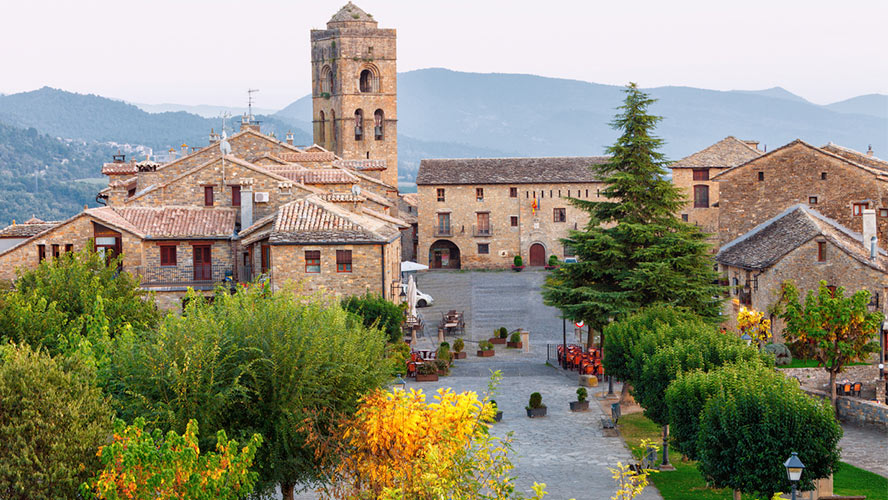
Broto
Another interesting village is Broto, not only because of the visits that can be made, such as the chapels of Saint Blaise and Saint Clement, the fortified church of Saint Peter and the Casa del Valle house, but also because of the many outings and adventure activities that start from there. You should at least climb the via ferrata at the Sorrosal waterfall, which is appropriate for all levels.
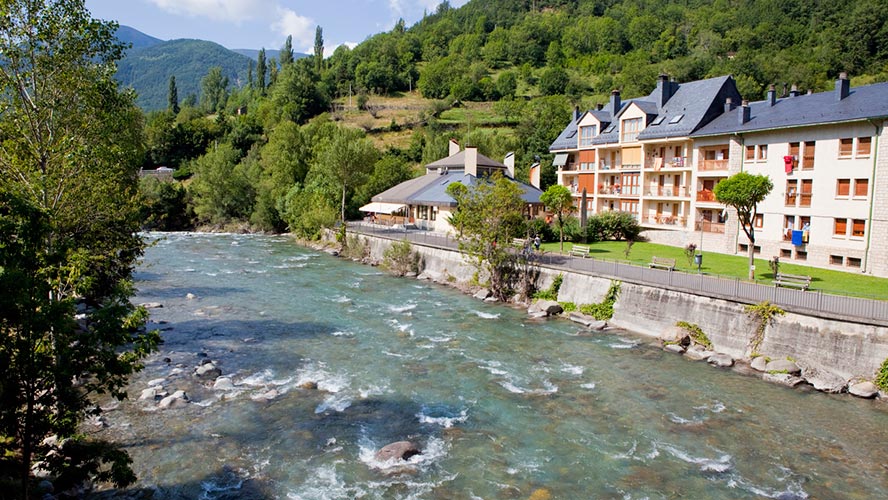
Torla-Ordesa
Torla-Ordesa, at the start of the Ordesa y Monte Perdido National Park, is also another must. Like in Broto, travellers do not visit the village because of its old quarter but because of the overwhelming nature in the surrounding areas.
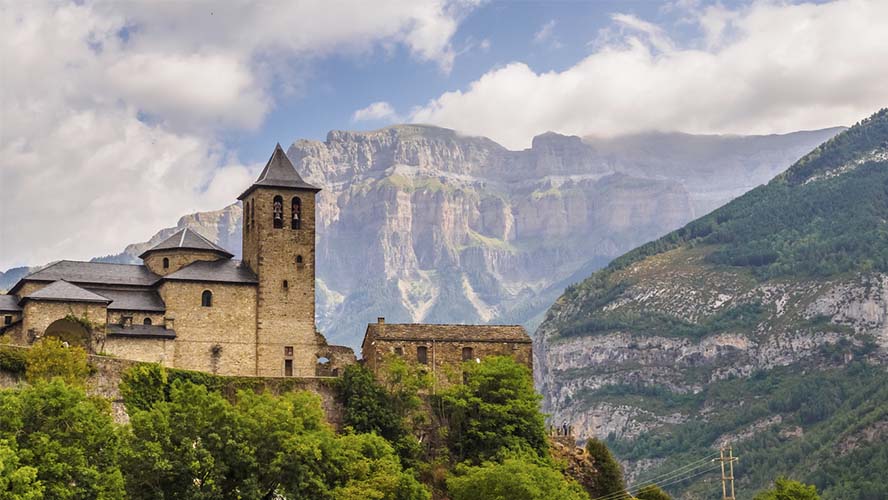
You should also take a walk through its medieval layout, explore its houses with coats of arms on the façades and visit the Romanesque church of the Holy Saviour which has beautiful altarpieces and the castle which houses the Ethnological Museum.En Torla podrás dejar tu coche particular para coger el autobús que te conducirá al valle de Ordesa, ya dentro del Parque Nacional, para comenzar la ruta a pie hasta la famosa Cola de Caballo.
Dónde comer en Boltaña
El restaurante Marboré, emplazado en el interior del Barceló Monasterio de Boltaña, constituye una buena opción para comer en la localidad pirenaica. El establecimiento aparece referenciado en la Guía Michelin por sus platos creativos.
A mayores de este, Boltaña ofrece muchas más opciones. Una de ellas es el Asador Zabrín, donde podrás degustar excelentes carnas a la brasa. Tampoco se puede descartar Casa Coronel, situado en el casco antiguo, otro clásico de la localidad.




































































